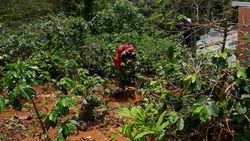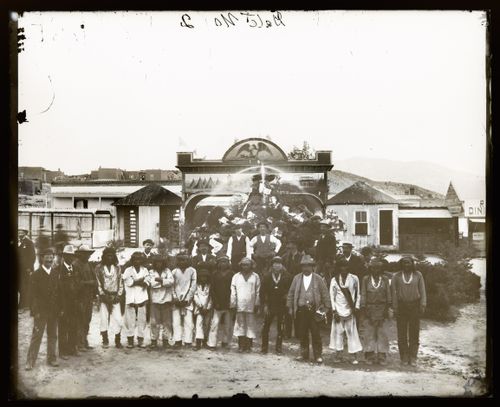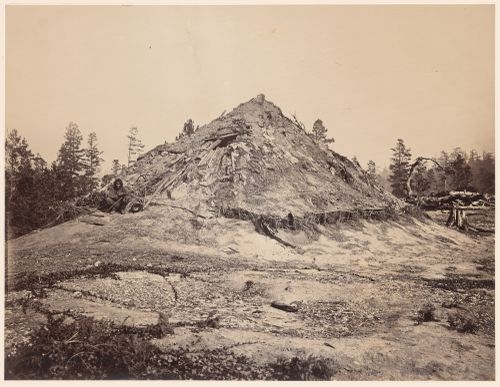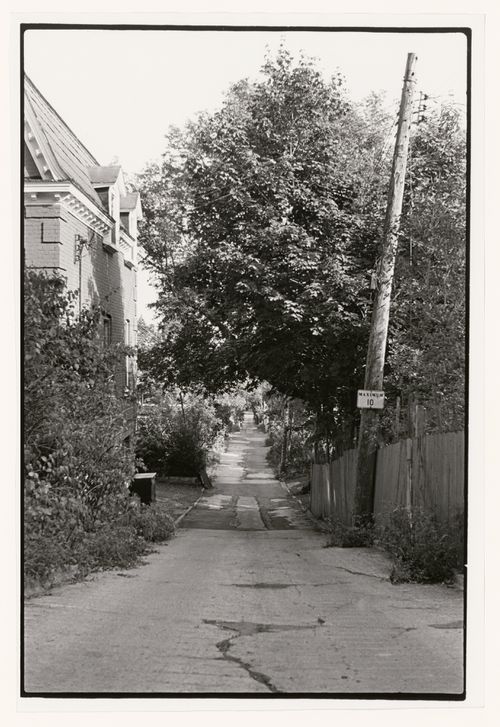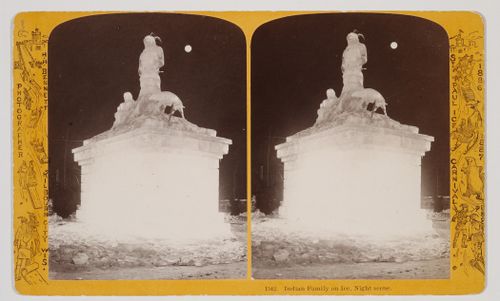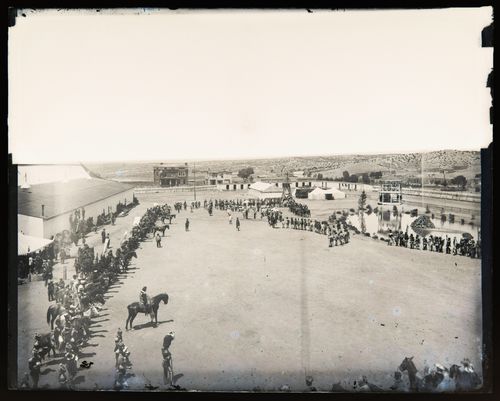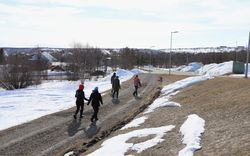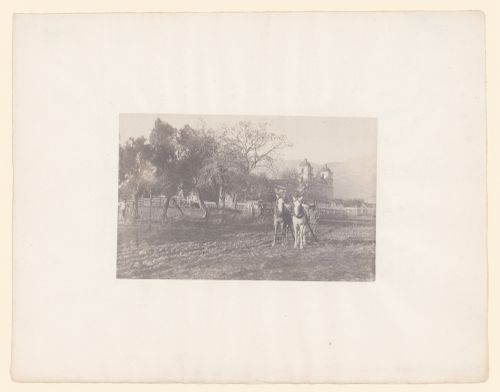en ligne
20 juillet 2022, 14h30 à 16h (EST)
en ligne
articles
Futurecasting : Vers une architecture dirigée par des Autochtones
Nicole Luke s’entretient avec Rafico Ruiz et Ella den Elzen sur la collaboration, la collectivité et l’écoute dans l’avenir du design autochtone
Actions:
articles
12 septembre 2022
PH1984:0977:513
Description:
View of a group of Indigenous people and several men in European-American clothing, standing in front of an artificial mountain made from stacked rocks and a painted wooden arch with depictions of teepees paired with industrial buildings in settler-style, USA
ca. 1860-1880
View of a group of Indigenous people and several men in European-American clothing at a gathering, United States of America
Actions:
PH1984:0977:513
Description:
View of a group of Indigenous people and several men in European-American clothing, standing in front of an artificial mountain made from stacked rocks and a painted wooden arch with depictions of teepees paired with industrial buildings in settler-style, USA
PH1981:1007
architecture, topographique
1863
architecture, topographique
PH1980:1290
urbanisme
1977 or 1978
urbanisme
PH1985:0413
Description:
The sculpture depicts what seems to be a man standing, dressed in Indigenous clothing with regalia and tomahawk, and a woman seated on his right side and an animal (dog?) standing on his left. This way of representing an Indigenous couple reflects 19th century settler notions of gender roles. In Indigenous families the woman is the head of the house and would be the one standing, with the man beside her as her equal. The Saint Paul Ice Carnival, founded in 1886, is now known as the Saint Paul Winter Carnival.
circa 1886-1888
Stereoview of an illuminated ice sculpture at the Saint Paul Ice Carnival representing two Indigenous persons and animal on a base, Saint Paul, Minnesota, United States
Actions:
PH1985:0413
Description:
The sculpture depicts what seems to be a man standing, dressed in Indigenous clothing with regalia and tomahawk, and a woman seated on his right side and an animal (dog?) standing on his left. This way of representing an Indigenous couple reflects 19th century settler notions of gender roles. In Indigenous families the woman is the head of the house and would be the one standing, with the man beside her as her equal. The Saint Paul Ice Carnival, founded in 1886, is now known as the Saint Paul Winter Carnival.
PH1984:0977:514
Description:
View of a fortified (?) camp with a gazebo, a wind mill on the right and a large shed on the left, structured around an open field where a large gathering of Indigenous people and uniformed men on horseback is taking place. A row of one-storey adobe houses can be seen on the right side in the background. Possibly Arizona or New Mexico.
ca. 1860-1880
View of a fortified (?) camp where a large gathering of Indigenous people and uniformed men on horseback is taking place, (possibly) Arizona, United States of America
Actions:
PH1984:0977:514
Description:
View of a fortified (?) camp with a gazebo, a wind mill on the right and a large shed on the left, structured around an open field where a large gathering of Indigenous people and uniformed men on horseback is taking place. A row of one-storey adobe houses can be seen on the right side in the background. Possibly Arizona or New Mexico.
articles
16 octobre 2023
Terre collective : assurer le futur du design autochtone
Ella den Elzen en conversation avec Robyn Adams, Jenni Hakovirta, Nicole Luke, Reanna Merasty, Johanna Minde, Naomi Ratte, Tiffany Shaw et Magnus Antaris Tuolja
Actions:
articles
16 octobre 2023
PH1979:0123
between 1860 and 1883
articles
Une manière de devenir
Une manière de devenir
Jenni Hakovirta, Nicole Luke et Naomi Ratte explorent les valeurs de la construction autochtone
Actions:
